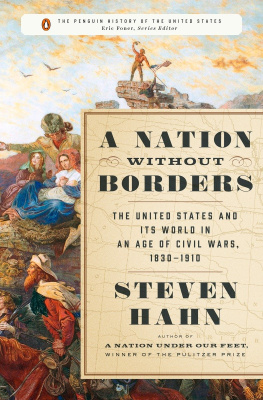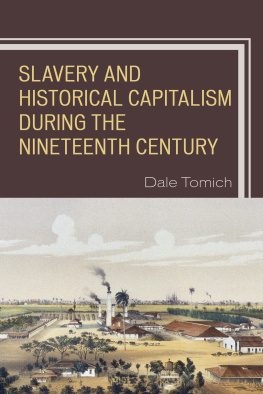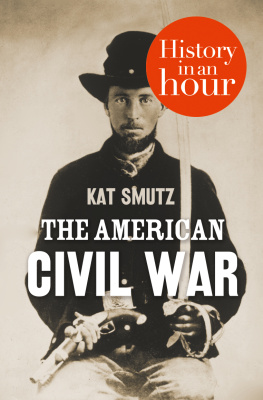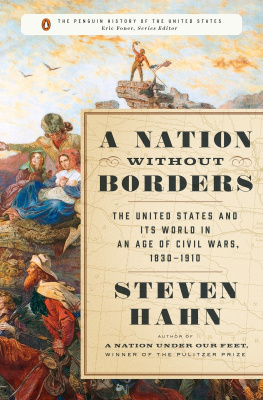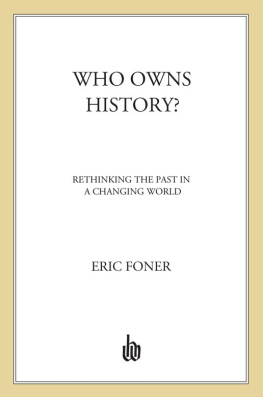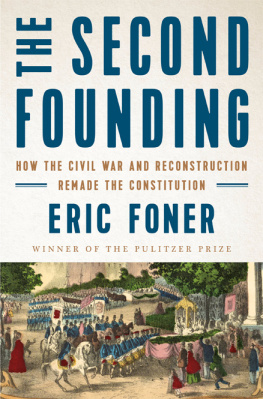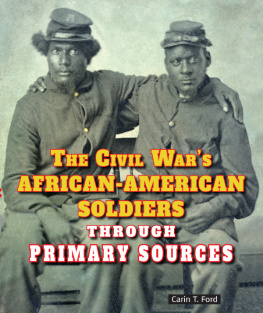Steven Hahn - A Nation Without Borders: The United States and Its World in an Age of Civil Wars, 1830-1910
Here you can read online Steven Hahn - A Nation Without Borders: The United States and Its World in an Age of Civil Wars, 1830-1910 full text of the book (entire story) in english for free. Download pdf and epub, get meaning, cover and reviews about this ebook. year: 2016, publisher: Viking, genre: Politics. Description of the work, (preface) as well as reviews are available. Best literature library LitArk.com created for fans of good reading and offers a wide selection of genres:
Romance novel
Science fiction
Adventure
Detective
Science
History
Home and family
Prose
Art
Politics
Computer
Non-fiction
Religion
Business
Children
Humor
Choose a favorite category and find really read worthwhile books. Enjoy immersion in the world of imagination, feel the emotions of the characters or learn something new for yourself, make an fascinating discovery.
- Book:A Nation Without Borders: The United States and Its World in an Age of Civil Wars, 1830-1910
- Author:
- Publisher:Viking
- Genre:
- Year:2016
- Rating:3 / 5
- Favourites:Add to favourites
- Your mark:
A Nation Without Borders: The United States and Its World in an Age of Civil Wars, 1830-1910: summary, description and annotation
We offer to read an annotation, description, summary or preface (depends on what the author of the book "A Nation Without Borders: The United States and Its World in an Age of Civil Wars, 1830-1910" wrote himself). If you haven't found the necessary information about the book — write in the comments, we will try to find it.
Volume 3 in the Penguin History of the United States, edited by Eric Foner
In this ambitious story of American imperial conquest and capitalist development, Pulitzer Prizewinning historian Steven Hahn takes on the conventional histories of the nineteenth century and offers a perspective that promises to be as enduring as it is controversial. It begins and ends in Mexico and, throughout, is internationalist in orientation. It challenges the political narrative of sectionalism, emphasizing the national footing of slavery and the struggle between the northeast and Mississippi Valley for continental supremacy. It places the Civil War in the context of many domestic rebellions against state authority, including those of Native Americans. It fully incorporates the trans-Mississippi west, suggesting the importance of the Pacific to the imperial vision of political leaders and of the west as a proving ground for later imperial projects overseas. It reconfigures the history of capitalism, insisting on the centrality of state formation and slave emancipation to its consolidation. And it identifies a sweeping era of reconstructions in the late-nineteenth and early twentieth centuries that simultaneously laid the foundations for corporate liberalism and social democracy.
The era from 1830 to 1910 witnessed massive transformations in how people lived, worked, thought about themselves, and struggled to thrive. It also witnessed the birth of economic and political institutions that still shape our world. From an agricultural society with a weak central government, the United States became an urban and industrial society in which government assumed a greater and greater role in the framing of social and economic life. As the book ends, the United States, now a global economic and political power, encounters massive warfare between imperial powers in Europe and a massive revolution on its southern borderthe remarkable Mexican Revolutionwhich together brought the nineteenth century to a close while marking the important themes of the twentieth.
Steven Hahn: author's other books
Who wrote A Nation Without Borders: The United States and Its World in an Age of Civil Wars, 1830-1910? Find out the surname, the name of the author of the book and a list of all author's works by series.

